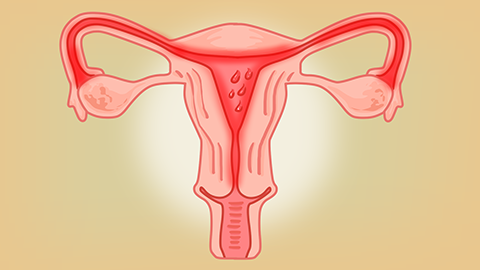What are the symptoms of long polyps in gynecological diseases?
Generally, in gynecological conditions, the presence of polyps may cause symptoms such as increased vaginal discharge, uterine bleeding, prolonged menstruation, intermenstrual bleeding, and abdominal pain. It is recommended to seek timely medical attention, identify the underlying cause, and receive symptomatic treatment under the guidance of a qualified physician. A detailed explanation is as follows:

1. Increased Vaginal Discharge
Polyps may irritate surrounding mucosal tissues, potentially causing an inflammatory response and increased discharge. The discharge might contain white blood cells and bacteria, possibly appearing yellowish or purulent with an odor.
2. Uterine Bleeding
Polyps may lead to irregular shedding of the endometrium, resulting in non-cyclic uterine bleeding. Patients may experience irregular menstrual cycles, heavy menstrual bleeding, prolonged menstruation, or bleeding outside the normal menstrual period.
3. Prolonged Menstruation
If the polyp is located in the endometrium, it may affect the uterus's ability to contract normally, causing the menstrual period to last longer than the typical menstrual cycle duration.
4. Intermenstrual Bleeding
Polyps may cause endocrine disturbances, leading to continuous stimulation of the endometrium by high levels of estrogen without counteraction by progesterone, resulting in minor endometrial shedding and bleeding between menstrual periods.
5. Abdominal Pain
Polyps may compress or irritate surrounding tissues, triggering inflammatory reactions and pain. Additionally, polyps may induce uterine contractions, causing symptoms such as a feeling of heaviness and pain in the lower abdomen.
Patients may follow medical advice to use medications such as Compound Hippophae Oil Suppository, Jinji Capsules, and Guizhi Fuling Pills for treatment. Maintaining healthy lifestyle and dietary habits along with appropriate physical exercise during treatment can aid in recovery.






